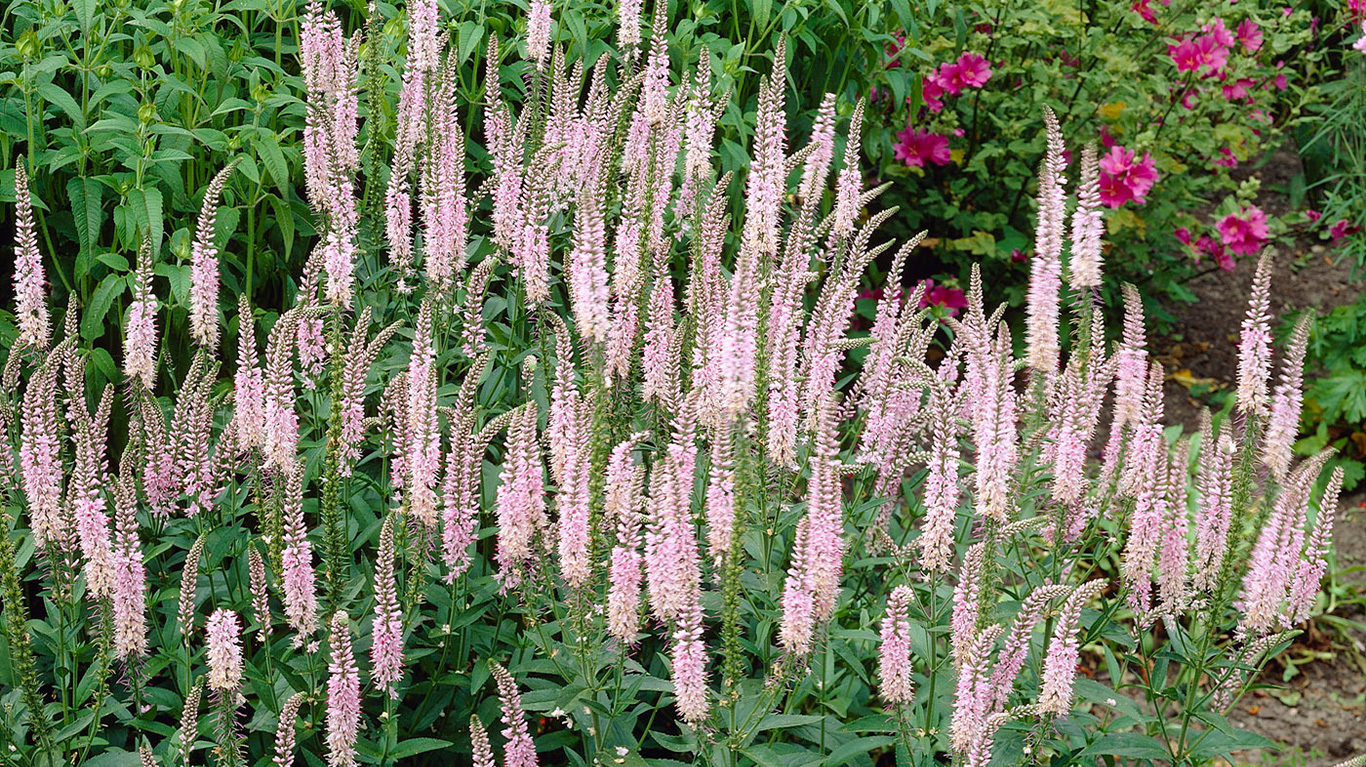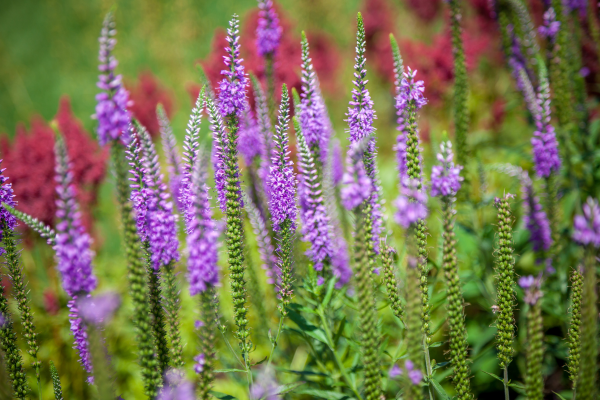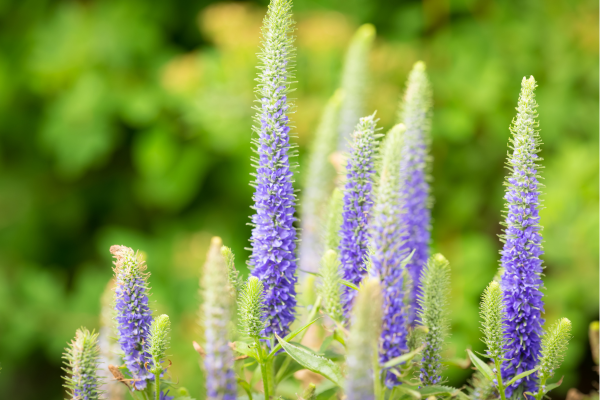
What We've Included
Things to Know | When to Plant | How to Plant | Where to Plant | When to Water | Feeding Veronica | Pruning | Propagating | Common Issues and How to Solve Them | When will they Flower?
Things To Know About Veronicas
First things first, veronicas are separated into three main categories, which look like this:
- Herbaceous perennial types: Long-lasting plants that die back to the ground in autumn and then reappear in spring.
- Moisture-retentive types: These varieties like boggy soils or shallow water areas of the garden (like at the edge of a pond).
- Dwarf Veronica types: Low-growing, wide-spreading type of Veronica. Suitable for growing in a rock garden as an alpine plant.
It’s important to know which type of veronica you have before you plant them, as it will determine where they can be grown.
When to Plant
Veronicas can be planted at any time of the year. However, autumn or spring is the most effective time to plant them, as they will establish better in these seasons.

How to Plant
Plant Veronicas about 30-60cm apart, depending on the size of the plant. Water well until they’ve established.
Planting Pots/Modules
- Dig a hole in the border that’s big enough to house the root ball.
- Fill around the modules with soil and firm them down gently.
- Water well and you’re done!
Planting Loose-rooted Veronicas
- Soak roots in a bucket of water for 1-2 hours before planting.
- Dig a hole in the border that’s big enough to house the root system. If planting in pots, fill a large pot halfway with potting soil and then pop the roots in with the crown pointing upwards and the root system pointing to the floor.
- Plant in groups for a fuller display, usually in groups of 3, somewhere that gets plenty of sunlight.
- Ensure the crown is just below the soil unless the plant has some leaves, in which case leave them exposed with the rest of the root system under the soil.
- Water well once planted.
Where to Plant
Herbaceous perennial veronicas can be planted in borders or containers, given that they have access to plenty of sunlight or part shade. Dwarf varieties love the sun and are great for growing in rockeries, raised beds, or banks as they need well-drained soil to prosper. Moisture-loving veronicas can be grown in shallow water or next to a pond in full or partial shade.

When to Water
After planting, water veronicas well until they’ve established. They’re hardy plants and shouldn’t need regular watering unless rainfall is less than 1 inch per week.
Feeding Veronicas
Veronicas are not the type of plant that needs regular fertilising. All you need to do is add fresh compost to the planting site before popping veronicas into the ground.
Pruning
Very little maintenance is needed for veronicas. The only thing you’ll need to do is cut back herbaceous and moisture types in late autumn to late winter once growth that died back

Propagating
Herbaceous perennial types can be propagated by division while they’re dormant in autumn or spring. Divide moisture types in summer. Dwarf varieties can be propagated by taking cuttings in spring.
Common Issues & How to Solve Them
Veronicas are fairly trouble-free, so you won’t need to worry about pests. However, if a variety is grown in soil that’s either too wet or too dry, they can develop powdery mildew. To avoid this, make sure you’re growing your plants in the right conditions.
When will they Flower?
Veronicas will roughly flower from spring and into autumn. This depends on the variety you have chosen. To double-check, look at our product pages for exact timings.

Ready to Shop?
